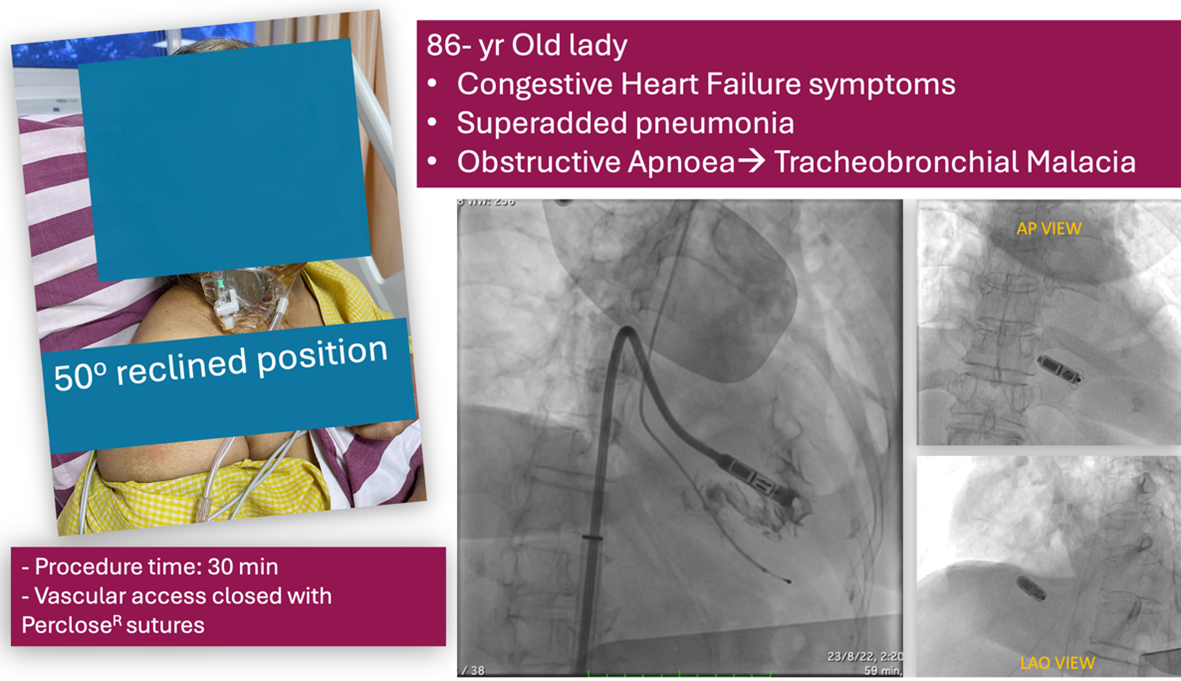views
What Is a Leadless Pacemaker? - Benefits & Procedure | Advanced Heart Rhythm Treatment
The leadless (wireless) pacemakers overcome the weaknesses of traditional pacemakers, as they are much smaller (3-4 cm). The pulse generator and electrodes are all embedded in one single device. There is no need for a separate battery or wires as a single device is implanted into the right ventricle via the femoral vein transcatheter approach under local anaesthesia. The leadless pacemaker has a similar battery life to the traditional pacemaker (5-15 years). These pacemakers are suitable for wide range of patients needing pacemakers like those with patients who are very frail for traditional pacemakers, those without any proper vascular access to the heart, those who experience recurrent pacemaker-related infections, those with tachycardia-bradycardia syndrome (heart rate fluctuates between too fast or too slow rhythms).
The battery, the pacing and sensing electrodes are all encased in a single capsule and inserted directly into the right ventricle. The pacemaker senses the natural heart rhythm and is programmed and tailored to deliver electrical impulses to the heart, when the natural heart rhythm is slow or infrequent, thus helping to steady the heartbeat.
Case Studies from Kauvery Hospital
CASE 1:
The latest generation of Leadless pacemakers- AVEIRTM was implanted for the first time in the state of Tamilnadu, in a 80-year old with diabetes, hypertension, severe aortic stenosis, coronary artery disease, post bypass surgery, chronic obstructive lung disease, and chronic kidney disease. This patient also received a transcatheter aortic valve replacement (TAVR). For the first time in India both the implants were done at the same time.

CASE 2:
An 86-year old lady with a frail body not capable of withstanding a conventional pacemaker received the second generation of Leadless pacemakers- the Micra-AVTM


- Select Location -Trichy – TennurTrichy – CantonmentTrichy - Heart CityMaa Kauvery TrichyChennai – MylaporeRadial RoadVadapalaniTirunelveliSalemHosurElectroniccity
- Select Speciality -AnaesthesiologyBreast ClinicCardiologyCardiothoracic SurgeryCritical CareDermatologyDental & MaxillofacialDiabetologyEmergency MedicineEndocrinologyFamily PhysicianFertility (IVF)ENT Head and Neck SurgeryGastroenterologyGeneral MedicineGeneral SurgeryGeriatricsNephrologyNeurology & NeuroscienceObstetrics and GynecologyOncologyOrthopaedicsPsychiatryPaediatricsPlastic SurgeryPulmonologyRadiation OncologyRadiologyRheumatologySpine SurgeryUrologyVascular Surgery
The first generation of leadless pacemaker has capability of only ventricular pacing. The second generation has capability of synchronising ventricular pacing with atrial sensing. The latest generation of leadless pacemakers are capable of pacing both the atrium and the ventricles. One device is inserted in the right atrium and the other into the right ventricle, helping the synchronisation of atrioventricular contractions. The pumping of blood is more efficient and the cardiac functions are better. The battery longevity is also longer for the current generation. While the first and second generation of leadless pacemakers cannot be retrieved from the heart in the future, the latest generation of leadless pacemakers can be removed from the heart anytime in the future.
A leadless pacemaker includes all the necessary components in one device, which is implanted into the right ventricle to deliver electrical impulses when needed to maintain the natural heart rhythm, eliminating the requirement for leads. Leads can cause complications, including lead breakage and dislodgement and infections. The leadless pacemaker has cosmetic appeal due to the absence of a visible incision and a bump on the skin. The dual-chamber retrievable leadless pacemaker is a leap forward in cardiology, and hopefully, it will be accessible to patients and routinely implemented in the future.
ARTICLES RELATED TO LEADLESS PACEMAKERS:
Leadless pacemakers: The future of pacing?
Kauvery Hospital Vadapalani successfully implants Leadless Pacemaker in a woman aged 86
DISCLAIMER: Discuss in detail the benefits and risks of the leadless pacemaker versus traditional pacemaker implant with your treating cardiac electrophysiologist.
- Select Location -Trichy – TennurTrichy – CantonmentTrichy - Heart CityMaa Kauvery TrichyChennai – MylaporeRadial RoadVadapalaniTirunelveliSalemHosurElectroniccity
- Select Speciality -AnaesthesiologyBreast ClinicCardiologyCardiothoracic SurgeryCritical CareDermatologyDental & MaxillofacialDiabetologyEmergency MedicineEndocrinologyFamily PhysicianFertility (IVF)ENT Head and Neck SurgeryGastroenterologyGeneral MedicineGeneral SurgeryGeriatricsNephrologyNeurology & NeuroscienceObstetrics and GynecologyOncologyOrthopaedicsPsychiatryPaediatricsPlastic SurgeryPulmonologyRadiation OncologyRadiologyRheumatologySpine SurgeryUrologyVascular Surgery





















![How to Speak Directly to Robinhood Support? [Help Support]](https://timessquarereporter.com/public/index.php/upload/media/posts/2025-06/07/how-to-speak-directly-to-robinhood-support-help-support_1749305837-s.jpg)
Comments
0 comment